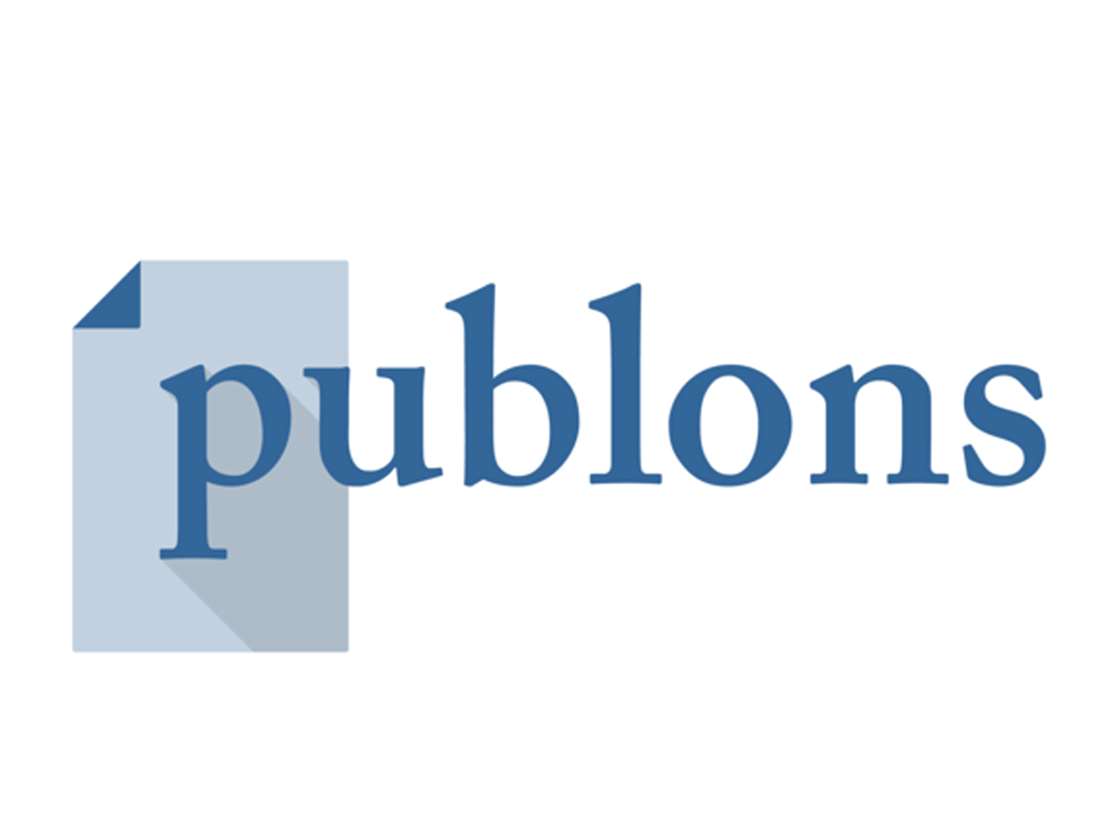Google’s Open Source and Interests of Internet Users on Searching It
DOI:
https://doi.org/10.21512/seeij.v2i2.5659Abstract
This article starts with a discussion on why open source is important, especially for education. Although open source develops for all kinds of matter, but for education it will deliver long term effect for the society. Open source, has two types, one is offered in cheaper price, and other is offered in free of purchasing price, and we know it as Free and open source software (FOSS). Frankly, FOSS is part of technology and knowledge transfer and development to support Global Goals Part 17. Google, has role in FOSS development, and FOSS is as their spirit. When Google first launched their Open Source initiatives openly through opensource.google.com, it is interesting to see what are products that they offer to the society, and since Google is an internet-based information technology company, then we use Google Trends to see interests of internet users on searching for Google’s Open Source. To support this research, we use Google Trends as our research tool, among several information given in Google only information’s that related with user’s interest that will be continue for discussion. Results shows that recently only two countries that show strong interest in Google’s Open Source, they are India and United States. It can also be argued that although Google has been established for more than 10 years as it may be accessible to internet users as society, but Google still need to find ways to promote opensource.google.com to larger numbers of internet users, this resulted when writer tries to compare between Google’s Open Source as keyword and Open Source as keyword, where Open Source as keyword have highest interest user in aggregate.
References
Anastasia. (2015). How to Use Google Trends. Retrieved June 11, 2018, from https://www.cleverism.com/how-use-google-trends/
Bernard, Z. (2017). Here’s how technology is shaping the future of education. Retrieved June 11, 2018, from https://www.businessinsider.sg/how-technology-is-shaping-the-future-of-education-2017-12/?r=US&IR=T
Bhartiya, S. (2016). How Google Uses and Contributes to Open Source. Retrieved June 11, 2016, from https://www.linux.com/news/how-google-uses-and-contributes-open-source
Choi, Hyunyoung; Varian, H. (2012). Predicting the Present with Google Trends. The Economic Record, 88, 2–9. https://doi.org/doi.org/10.1111/j.1475-4932.2012.00809.x
Choudhary, Mishi; Moglen, E. (2017). How Indian IT Can Compete With Google and Facebook and Show the World a Better Way. Indian Times. Retrieved from https://economictimes.indiatimes.com/tech/software/how-indian-it-can-compete-with-google-and-facebook-and-show-the-world-a-better-way/articleshow/58889621.cms
Commission, E. (2014). Modernisation of Higher Education: Report to The European Commission in New Modes of Learning and Teaching in Higher Education. Luxembourg. https://doi.org/10.2766/81897
Doig, M. (2006). Software. Retrieved June 11, 2018, from https://searchmicroservices.techtarget.com/definition/software
Lakhan, Shaheen; Jhunjhunwala, K. (2008). Open Source Software in Education. Retrieved June 11, 2018, from https://er.educause.edu/articles/2008/5/open-source-software-in-education
Lewis, J. (2018). Advantages & Disadvantages of a Proprietary System vs. an Open Platform. Retrieved June 11, 2018, from http://smallbusiness.chron.com/advantages-three-disadvantages-proprietary-system-vs-open-platform-38010.html
Newman, D. (2017). Top 6 Digital Transformation Trends In Education. Forbes. Retrieved from https://www.forbes.com/sites/danielnewman/2017/07/18/top-6-digital-transformation-trends-in-education/#51850aaa2a9a
Norman, S. (2016). 7 Benefits Οf Technology Integration Ιn Τhe Education Sphere. Retrieved June 11, 2018, from https://elearningindustry.com/benefits-technology-integration-education-sphere
Norris, W. (2017). A New Home for Google Open Source. Retrieved June 12, 2018, from https://opensource.googleblog.com/2017/03/a-new-home-for-google-open-source.html
Organization, G. G. (2018). Partnership for The Goals. Retrieved June 11, 2018, from https://www.globalgoals.org/17-partnerships-for-the-goals
Richter, F. (2014). These Countries Are the Most Eager for Google’s User Data. Retrieved from https://www.statista.com/chart/2120/google-user-data-requests/
Rochelle, J. (2016). Introducing G Suite for Education. Retrieved June 11, 2018, from https://blog.google/topics/education/introducing-g-suite-education/
Stocking, Galen, Matsa, K. E. (2017). Using Google Trends Data for Research? Here are 6 Questions to Ask. Retrieved June 11, 2018, from https://medium.com/@pewresearch/using-google-trends-data-for-research-here-are-6-questions-to-ask-a7097f5fb526
Unctad. (2014). Transfer of Technology and Knowledge Sharing for Development: Science, Technology and Innovation Issues for Developing Countries. Geneva. Retrieved from http://unctad.org/en/PublicationsLibrary/dtlstict2013d8_en.pdf
Vaismoradi, Mojtaba; Jones, Jacqueline; Turunen, Hannele; Snelgrove, S. (2016). Theme Development in Qualitative Content Analysis and Thematic Analysis. Journal of Nursing Education and Practive, 6(5), 11. https://doi.org/10.5430/jnep.v6n5p100
Downloads
Published
How to Cite
Issue
Section
License
Copyright (c) 2019 Social Economics and Ecology International Journal

This work is licensed under a Creative Commons Attribution-NonCommercial 4.0 International License.
The Authors submitting a manuscript do so on the understanding that if accepted for publication, copyright of the article shall be assigned to SEEIJ Community Development Academic (CDA) Bina Nusantara University as publisher of the journal.
Copyright encompasses exclusive rights to reproduce and deliver the article in all form and media, including reprints, photographs, microfilms and any other similar reproductions, as well as translations. The reproduction of any part of this journal, its storage in databases and its transmission by any form or media, such as electronic, electrostatic and mechanical copies, photocopies, recordings, magnetic media, etc., will be allowed only with a written permission from SEEIJ Community Development Academic (CDA) Bina Nusantara University.
SEEIJ Community Development Academic (CDA) Bina Nusantara University, the Editors and the reviewer make every effort to ensure that no wrong or misleading data, opinions or statements be published in the journal. In any way, the contents of the articles and advertisements published in the SEEIJ are sole and exclusive responsibility of their respective authors and advertisers.

This work is licensed under a Creative Commons Attribution-NonCommercial 4.0 International License.









